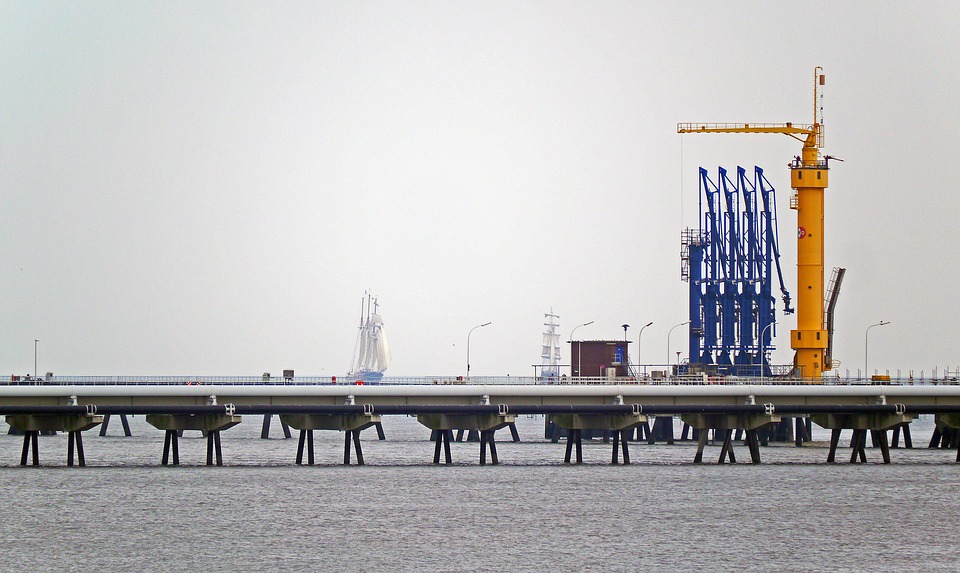Trade War And Tightening Supply
Oil is focused on trade war talks today against a backdrop of a very Bullish Energy Information Administration (EIA) petroleum status report. Oil prices jumped after the EIA reported a major 5.836-million-barrel drawdown in crude oil supply and near-record refining demand. U.S. crude oil refinery inputs averaged 17.9 million barrels per day during the week, which was 89,000 barrels per day less than the previous week’s all-time record. While U.S. refiners missed last week’s record-breaking crude run, they still held at 98.1 percent of operable capacity.

Dan Molinski, at the Wall Street Journal, reported that “U.S. oil refiners keep pumping out fuel at near-record rates to take advantage of excellent profit margins, and their endurance is even surprising most experts. WSJ's survey of analysts predicted today's weekly EIA report would show refinery capacity utilization fell 0.6 percentage-points to 97.5%. But, the result showed rates stayed unchanged at near full-tilt 98.1%. Just one analyst, Phil Flynn of Price Futures, correctly predicted the unchanged outcome, while all other 10 analysts surveyed predicted a rate-decline. Could rates go even higher? It would seem doubtful, but the record is 100.5%, set 20 years ago this month. How'd it possibly goes above 100%? Perhaps some refiners boosted their capacity before EIA logged it into the system.”
What this also means is that the upcoming refining maintenance season may not see as much of a slowdown in crude oil demand as we have seen in past years. Since crude supplies are at the average range for this time of year the market is getting concerned that refining demand is above average.
Add to that upcoming sanctions on Iran and the picture looks even more bullish. We did see supplies rise in Cushing Oklahoma, but they had better. John Kemp, at Reuters, points out that crude oil stocks around the NYMEX delivery point at Cushing showed a counter-seasonal build for the second week running last week, arresting the massive drawdown since November, but they remain -32 million barrels below 2017 level and -13 million barrels below the 10-year seasonal average. Not to comforting.
Refiners are focused on building up supplies of distillate before winter. Even after the EIA reported that distillate fuel inventories increased by 1.8 million barrels last week, they are still about 7% below the five-year average for this time of year. More talk of the International Maritime Organization (IMO) regarding new emissions standards for ships, that go into effect in 2020, is also raising concerns of ever-tightening supply of ultra-low distillate.
Total motor gasoline inventories increased by 1.2 million barrels last week and are about 6% above the five year average for this time of year. The EIA said that over the past four weeks, motor gasoline product supplied averaged 9.5 million barrels per day, down by 1.5% from the same period last year. Distillate fuel product supplied averaged 3.9 million barrels per day over the past four weeks, down by 7.7% from the same period last year. Jet fuel product supplied was up 3.7% compared with the same four-week period last year.
The bullishness of the crude draw overshadowed the fact the EIA reported that U.S. crude production hit 11 million barrels. That probably lost some pizzazz as the EIA has been recently going back and lowering their weekly oil production numbers downward. Total commercial petroleum inventories decreased last week by 2.5 million barrels.
The U.S. dollar is showing early strength after the Fed minutes that said that they were basically moving ahead with rate hikes. The Fed did show some concern about the trade war threat and the fall out that could cause inflation and that is helping the greenback. Trade war talks today could set the stage for a dollar rally or a dollar break.
The Wall Street Journal writes that “U.S. Seizes on Chinese Economic Vulnerability as Trade Talks Start.” In a must-read, the Journal writes “the U.S. claiming the advantage because Beijing is struggling to keep its economic growth from faltering. Beijing has tried a number of approaches to strengthening its economy in the short term, including relaxing credit controls and encouraging more lending and spending, especially on highways, rail lines and other big-ticket government projects. But, the actions threaten to weaken the economy over the longer term, many economists warn. That is because China’s debt load has soared since 2009, when Beijing was fighting a global recession, and the trade fight may prompt Beijing to put off debt restructurings. The International Monetary Fund said this year than in the 43 cases internationally, where credit grew as rapidly as China’s over a five-year period, “only five ended without a major slowdown or financial crisis.”
Disclosure: Make sure you prosper all week. Stay tuned to the Fox Business Network where you get the Power to Prosper. Trade updates and levels. Call me at 888-264-5665 or email me at more




And a financial crisis in China is supposed to help the USA?